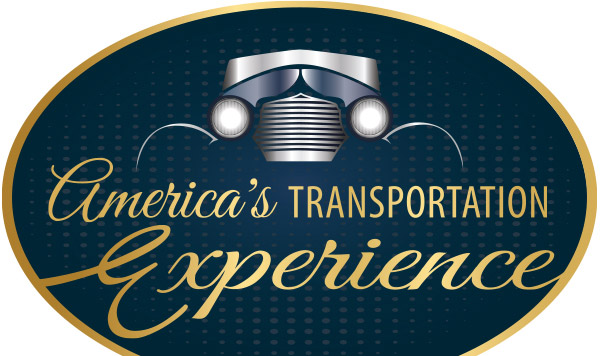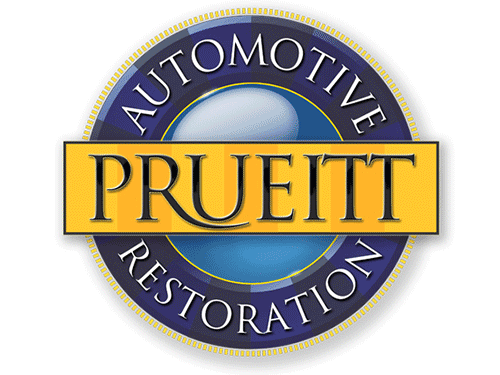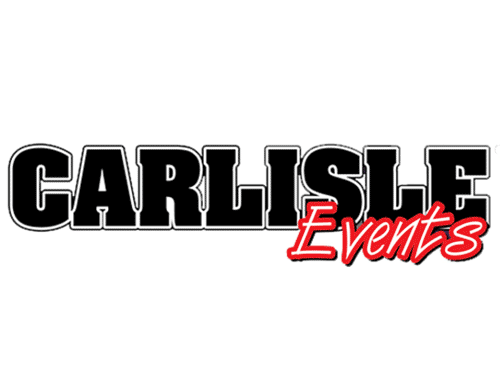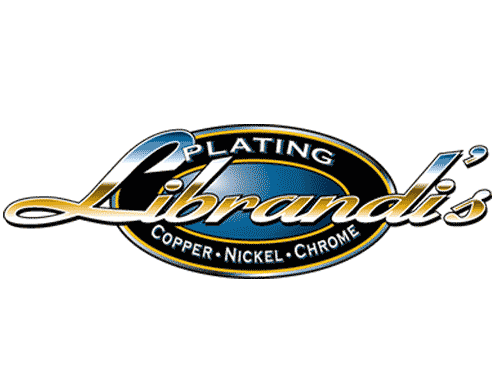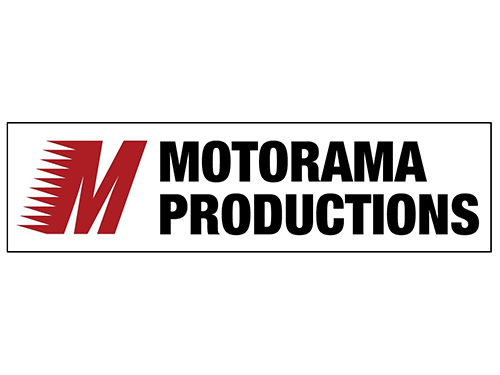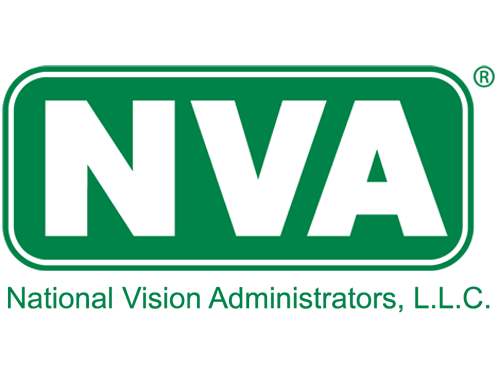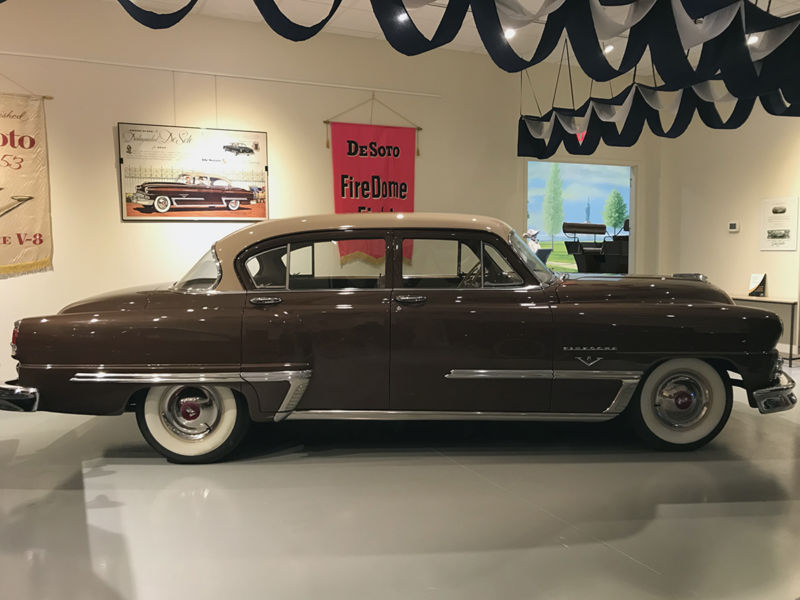
Hershey, PA – A display of three DeSoto vehicles is currently on view at the AACA Museum, Inc. in Hershey, PA, through April 26, 2020. This display of cars, along with many other artifacts, is guest curated by the Colonial Chapter of the National DeSoto Club.
Who Made DeSoto Cars?
In 1928, the DeSoto was introduced by Chrysler as a mid-priced model meant to compete with Buick, Hudson, Oldsmobile, and Studebaker. This same year, Chrysler also finalized the purchase of Dodge Brothers, which included Dodge and Plymouth vehicles. This acquisition resulted in Chrysler having two mid-price vehicle offerings. For the 1929 model, there were 81,065 DeSoto automobiles produced; this single-year production record would stand until the Ford Falcon in 1960. The decline in sales began with a downturn in the economy in 1958, which impacted not just DeSoto car models but all mid-priced vehicles across the board. Over two million vehicles were built during the lifetime of the marque, which remained in production until 1961.
What’s in a name?
When Walter P. Chrysler was searching for a name for his new car in, he wanted it to be strong. What was stronger than that of a Spanish conquistador? Hernando de Soto was the first documented European to see the mighty Mississippi River. He was an Adventurer. In fact, the name, Adventurer, was given to a model introduced in 1956.
DeSoto display vehicles
The three vehicles on view include a 1930 DeSoto Model CF Deluxe Sedan, a 1953 Desoto Firedome four-door sedan, and a 1960 DeSoto Fireflite.
The DeSoto 1930 Model CF (also known as “DeSoto Eight”) Deluxe Sedan is on loan from Diane Boettger. The DeSoto Eight was also the first eight-cylinder engine produced by the Chrysler Corporation. Desoto called it “the world’s lowest-priced straight eight” that promised customers “a vast reserve of power when you need it.” Affectionately known as “Ruthie,” this CF Sedan still sports its original interior seat and headliner upholstery, wood floor, and drivetrain. “Ruthie” has been in the Boettger family for over 25 years. Owned by Diane Boettger, cared for by Brian Boettger, and presented in memory of Steve Boettger.
Frank and Lanette Peiffer acquired the 1953 DeSoto Firedome on view in 1993. After working on the car continuously for about eight years, it was awarded an AACA Senior Grand National in 2006. The exterior projects a sedate classy look with plenty of chrome and stainless, but not to excess. The interior complements the outward appearance with its wood grained dash and door appointments. The color scheme is known as Morocco Brown topped with Arizona Beige. There were 132,000 of these vehicles produced in 1953.
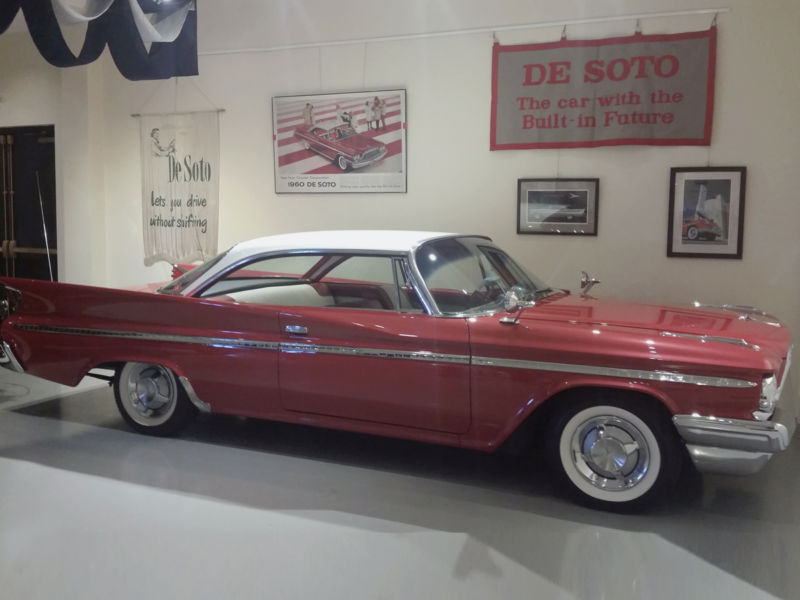
The 1960 DeSoto Fireflite is on loan from Steve Cooper of Levittown, PA. It was purchased in 1996 as mechanically sound with an amateur restoration (presentable but not show-worthy). It was enjoyed until late 1999 when a full restoration began. The restoration was completed by August 2001, and this car is shown with its original color scheme: Winterberry Red Poly and Shell White. It won Best in Class when it debuted at the National DeSoto Club Nations Show. Only two models were produced for the 1960 DeSoto model year: Fireflite (low level) and Adventurer (top-level). Six total body styles were offered: 2-door and 4-door hardtops and a 4-door sedan for both models.
This delightful display of all things DeSoto will continue through April 26, 2020, in the Williams-Clyne Gallery. This gallery was created as a changing exhibit space that allows the AACA Museum, Inc., to partner with automobile clubs by providing a space to exhibit their vehicles and tell their stories.
Visitors to the AACA Museum, Inc. from mid-November through April will also be able to enjoy our featured exhibit “Age of Aquarius: Cars of the Counterculture and Beyond.” This exhibit focuses on the many unique vehicles manufactured and marketed in America from about 1967 (the release of the musical Hair) through the early to mid-1970s and is sponsored by National Parts Depot. A lot of change was taking place in America during this era, and it manifested itself vividly in the cars produced in Detroit and beyond.
